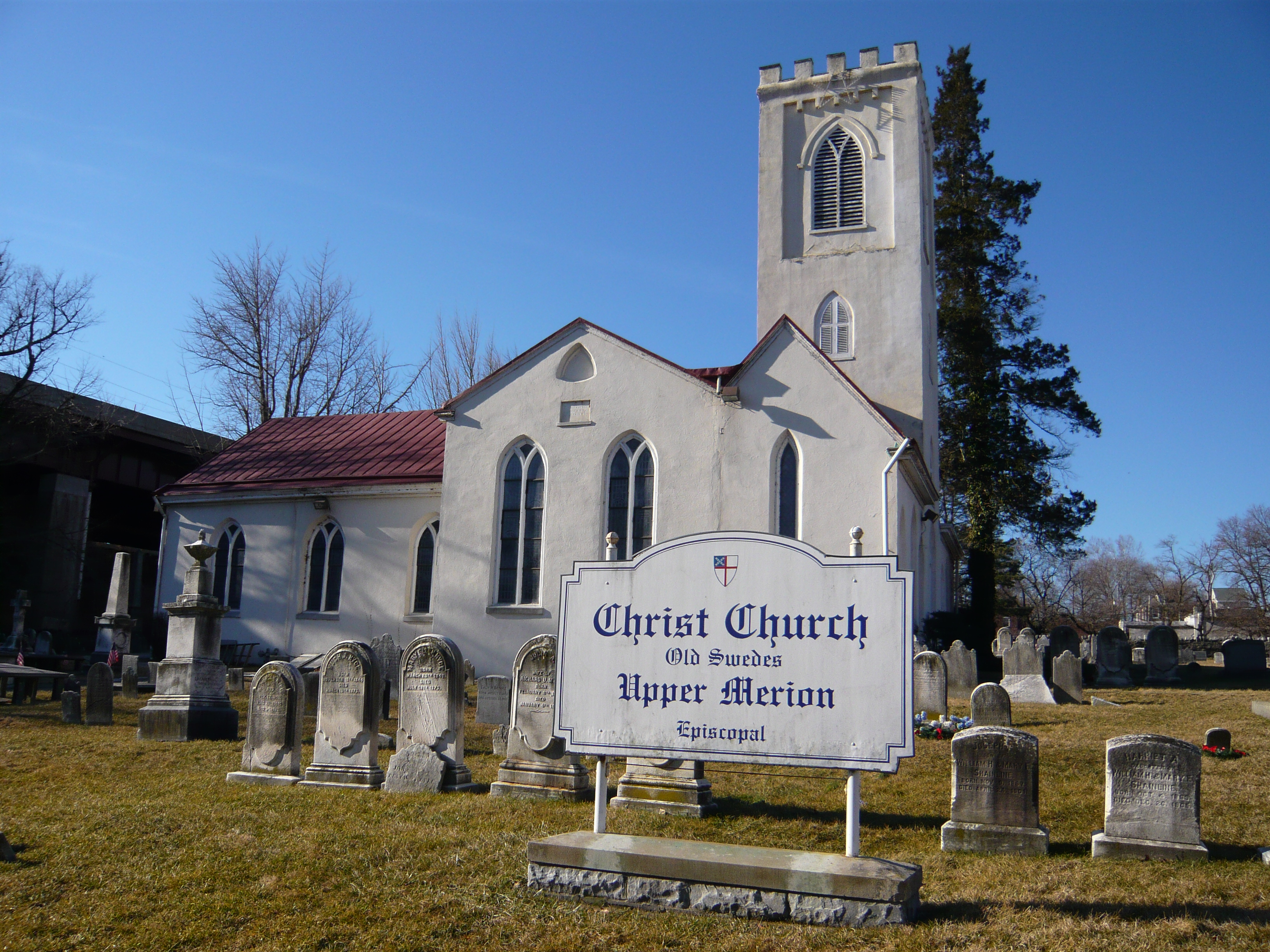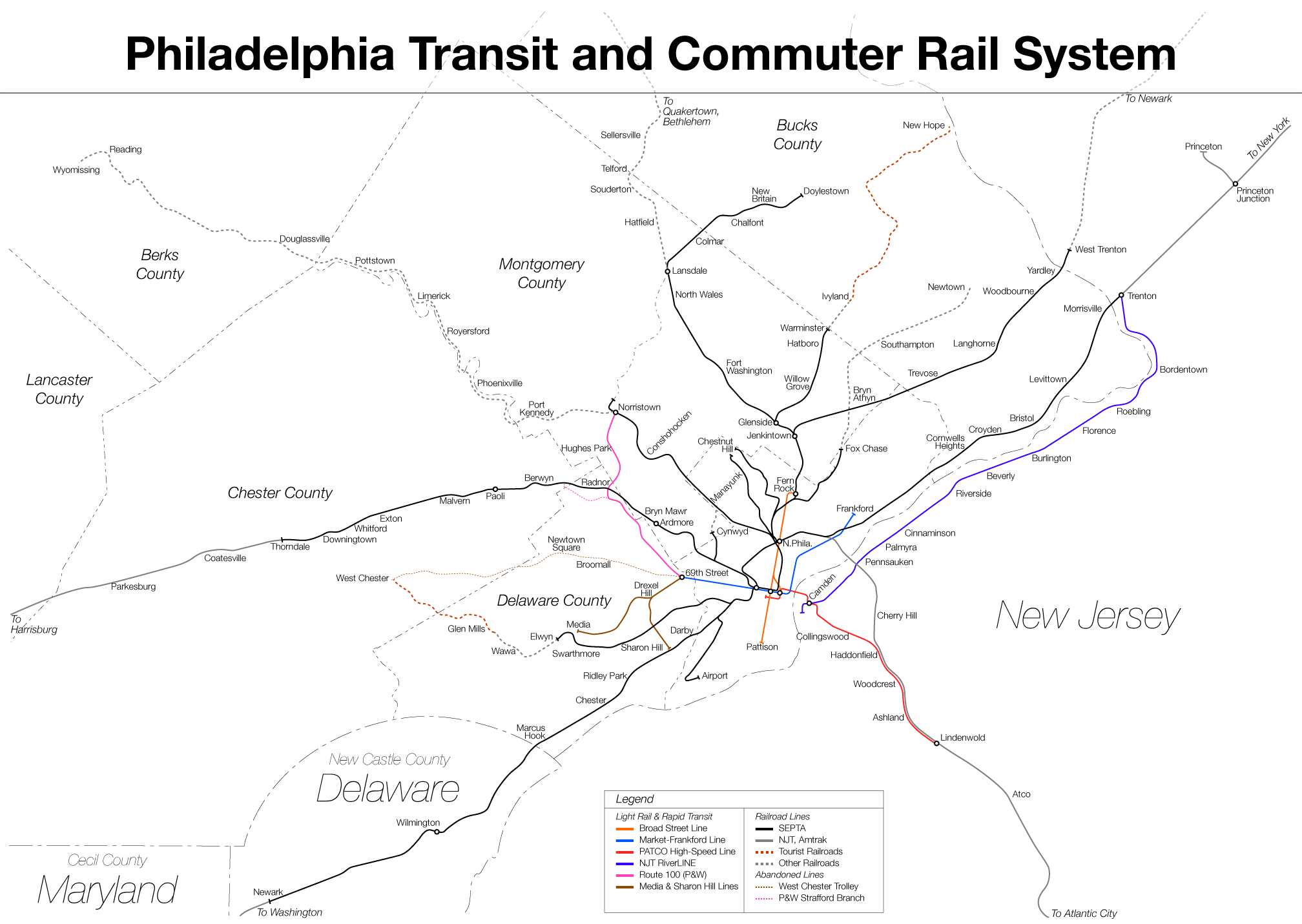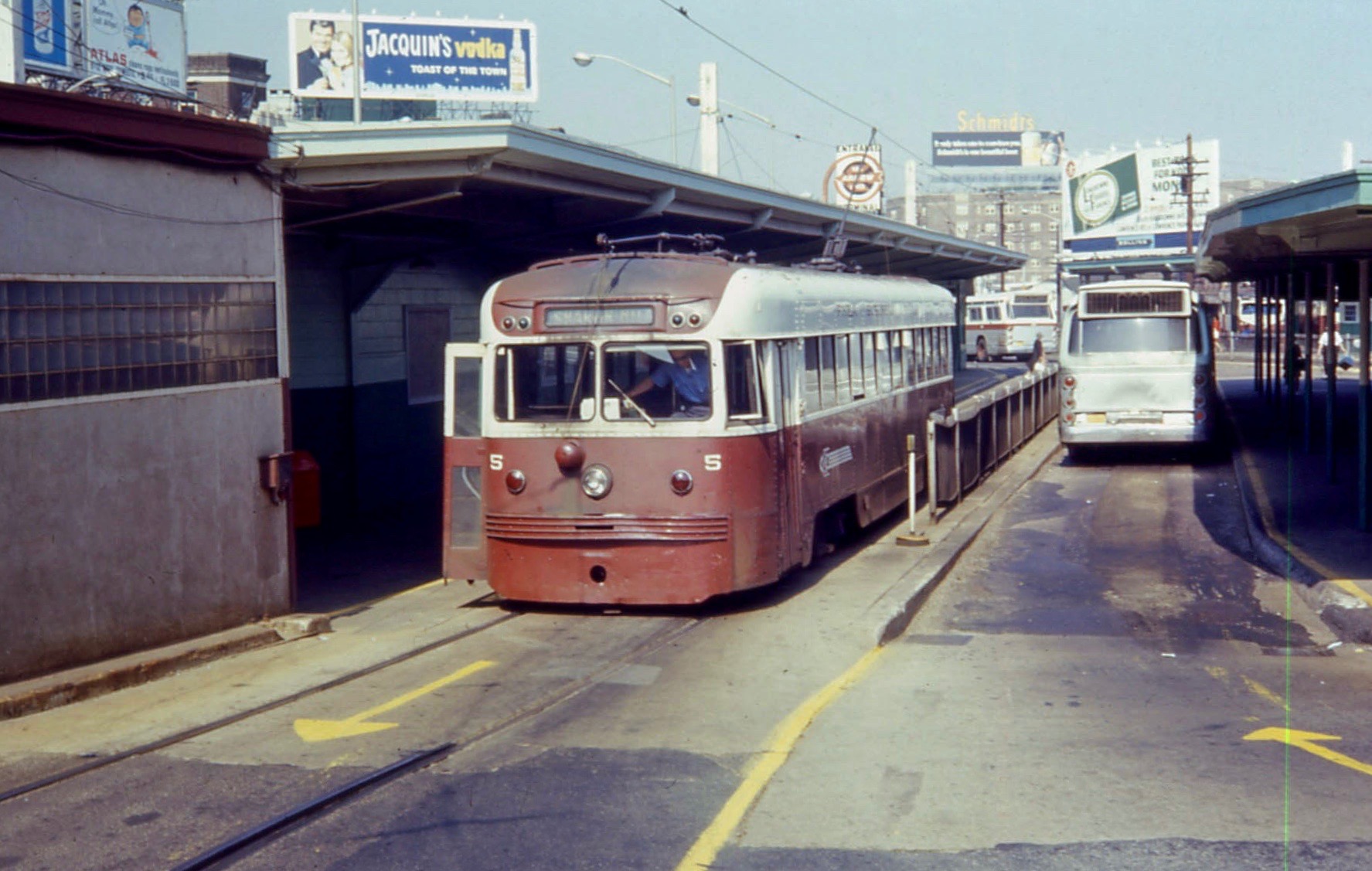|
Hughes Park Station
Hughes Park station is a SEPTA rapid transit station in Upper Merion Township, Pennsylvania. It serves the Norristown High Speed Line (Route 100) and is located at Yerkes Road and Crooked Lane. All trains stop at Hughes Park. Trains known as the ''Hughes Park Express'' terminate here and operate to 69th Street, skipping certain stops along the way. The station lies from 69th Street Terminal The 69th Street Transportation Center is a SEPTA terminal in the Terminal Square section of Upper Darby, Pennsylvania, just west of the city limits of Philadelphia. The terminal serves the Market–Frankford Line, Norristown High Speed Line, and t .... Station layout External linksSEPTA - Hughes Park NHSL StationYerkes Road entrance from Google Maps Street View SEPTA Norristown High Speed Line stations {{Pennsylvania-railstation-stub ... [...More Info...] [...Related Items...] OR: [Wikipedia] [Google] [Baidu] |
Upper Merion Township, Pennsylvania
Upper Merion Township is a township in Montgomery County, Pennsylvania. The population was 28,395 at the 2010 U.S. Census. Located from Philadelphia, it consists of the villages of Gulph Mills, King of Prussia, Swedeland, Swedesburg, and portions of Radnor, and Wayne. The westernmost part of the township comprises the largest part of the Valley Forge National Historical Park. The township is the home of the King of Prussia mall. King of Prussia also contains a major office park hosting firms such as Lockheed Martin and GlaxoSmithKline. The name Merion originates with the county of Merioneth in north Wales. ''Merioneth'' is an English-language translation of the Welsh ''Meirionnydd'', itself named after ''Meirchion'' (or ''Meirion''), grandson of ''Cunedda Wledig'' (b. ca. 380 A.D.), King of North Wales. History The township's incorporation dates to 1713 when the King of Prussia Inn, the Bird-In-Hand Inn in Gulph Mills, and later the Swedes Ford Inn were required to pay 6 ... [...More Info...] [...Related Items...] OR: [Wikipedia] [Google] [Baidu] |
Side Platform
A side platform (also known as a marginal platform or a single-face platform) is a platform positioned to the side of one or more railway tracks or guideways at a railway station, tram stop, or transitway. A station having dual side platforms, one for each direction of travel, is the basic design used for double-track railway lines (as opposed to, for instance, the island platform where a single platform lies between the tracks). Side platforms may result in a wider overall footprint for the station compared with an island platform where a single width of platform can be shared by riders using either track. In some stations, the two side platforms are connected by a footbridge running above and over the tracks. While a pair of side platforms is often provided on a dual-track line, a single side platform is usually sufficient for a single-track line. Layout Where the station is close to a level crossing (grade crossing) the platforms may either be on the same side of the cross ... [...More Info...] [...Related Items...] OR: [Wikipedia] [Google] [Baidu] |
Third Rail
A third rail, also known as a live rail, electric rail or conductor rail, is a method of providing electric power to a railway locomotive or train, through a semi-continuous rigid conductor placed alongside or between the rails of a railway track. It is used typically in a mass transit or rapid transit system, which has alignments in its own corridors, fully or almost fully segregated from the outside environment. Third rail systems are usually supplied from direct current electricity. Modern tram systems, street-running, avoid the risk of electrocution by the exposed electric rail by implementing a segmented ground-level power supply, where each segment is electrified only while covered by a vehicle which is using its power. The third-rail system of electrification is not related to the third rail used in dual gauge railways. Description Third-rail systems are a means of providing electric traction power to trains using an additional rail (called a "conductor rail") fo ... [...More Info...] [...Related Items...] OR: [Wikipedia] [Google] [Baidu] |
SEPTA
The Southeastern Pennsylvania Transportation Authority (SEPTA) is a regional public transportation authority that operates bus, rapid transit, commuter rail, light rail, and electric trolleybus services for nearly 4 million people in five counties in and around Philadelphia, Pennsylvania. It also manages projects that maintain, replace and expand its infrastructure, facilities and vehicles. SEPTA is the major transit provider for Philadelphia and the counties of Delaware, Montgomery, Bucks, and Chester. It is a state-created authority, with the majority of its board appointed by the five Pennsylvania counties it serves. While several SEPTA commuter rail lines terminate in the nearby states of Delaware and New Jersey, additional service to Philadelphia from those states is provided by other agencies: the PATCO Speedline from Camden County, New Jersey is run by the Delaware River Port Authority, a bi-state agency; NJ Transit operates many bus lines and a commuter rail line to ... [...More Info...] [...Related Items...] OR: [Wikipedia] [Google] [Baidu] |
Rapid Transit
Rapid transit or mass rapid transit (MRT), also known as heavy rail or metro, is a type of high-capacity public transport generally found in urban areas. A rapid transit system that primarily or traditionally runs below the surface may be called a subway, tube, or underground. Unlike buses or trams, rapid transit systems are railways (usually electric railway, electric) that operate on an exclusive right-of-way (transportation), right-of-way, which cannot be accessed by pedestrians or other vehicles, and which is often grade-separated in tunnels or on elevated railways. Modern services on rapid transit systems are provided on designated lines between rapid transit station, stations typically using electric multiple units on rail tracks, although some systems use guided rubber tires, magnetic levitation (''maglev''), or monorail. The stations typically have high platforms, without steps inside the trains, requiring custom-made trains in order to minimize gaps between train a ... [...More Info...] [...Related Items...] OR: [Wikipedia] [Google] [Baidu] |
Norristown High Speed Line
The Norristown High Speed Line (NHSL), also called the Purple Line, the P&W, or Route 100,) is a interurban light rapid transit line operated by SEPTA, running between the 69th Street Transportation Center in Upper Darby and the Norristown Transportation Center in Norristown, Pennsylvania. Originally the Philadelphia and Western Railroad line, which is why the line is referred to by locals as "the P&W), the line runs entirely on its own right-of-way. By 2020, the Norristown Line had an average weekday ridership approaching 11,000 passengers. The Norristown High Speed Line is unique in its combination of transportation technologies. Originally chartered as a Class I (steam) railroad, the line is fully grade separated, collects power from a third rail, and has high-level platforms common to rapid transit systems or commuter rail systems such as New York City's Long Island Rail Road and Metro-North Railroad, but has onboard fare collection, mostly single-car operation, and frequen ... [...More Info...] [...Related Items...] OR: [Wikipedia] [Google] [Baidu] |
69th Street Terminal
The 69th Street Transportation Center is a SEPTA terminal in the Terminal Square section of Upper Darby, Pennsylvania, just west of the city limits of Philadelphia. The terminal serves the Market–Frankford Line, Norristown High Speed Line, and the Media–Sharon Hill Line trolleys, and multiple bus routes. It is located at the end of 69th Street, a major retail corridor in Upper Darby, across Market Street ( Route 3) from the Tower Theater. Until 2011, the station was primarily known as 69th Street Terminal. 69th Street is the second busiest transfer point in the SEPTA system (after 15th Street/ City Hall station) serving 35,000 passengers every weekday. It is also the only SEPTA facility to serve both City Transit and Suburban Transit routes. History 69th Street is one of the original Market Street Elevated stations built by the Philadelphia Rapid Transit Company; the line opened for service on March 4, 1907 between here and stations. Shortly after on May 22 of the same yea ... [...More Info...] [...Related Items...] OR: [Wikipedia] [Google] [Baidu] |
Side Platform
A side platform (also known as a marginal platform or a single-face platform) is a platform positioned to the side of one or more railway tracks or guideways at a railway station, tram stop, or transitway. A station having dual side platforms, one for each direction of travel, is the basic design used for double-track railway lines (as opposed to, for instance, the island platform where a single platform lies between the tracks). Side platforms may result in a wider overall footprint for the station compared with an island platform where a single width of platform can be shared by riders using either track. In some stations, the two side platforms are connected by a footbridge running above and over the tracks. While a pair of side platforms is often provided on a dual-track line, a single side platform is usually sufficient for a single-track line. Layout Where the station is close to a level crossing (grade crossing) the platforms may either be on the same side of the cross ... [...More Info...] [...Related Items...] OR: [Wikipedia] [Google] [Baidu] |
Norristown Transportation Center
Norristown Transportation Center is a two-level multimodal public transportation regional hub located in Norristown, Pennsylvania, USA, operated by SEPTA. It opened in 1989 to replace the older Norristown High Speed Line (Route 100) terminus one block away at Main and Swede Streets, and integrated the former Reading Company DeKalb Street Norristown railroad station (built 1933) into its structure. A plaque embedded in the sidewalk (between the bus lane and Lafayette Street) commemorates the location of one of the columns of the dismantled segment of the Philadelphia and Western Railroad (P&W) trestle. Regional rail service The Norristown Transportation Center is a stop on the Manayunk/Norristown Regional Rail Line which offers service to Center City Philadelphia via Conshohocken and Manayunk. In FY 2017, the regional rail service at Norristown Transportation Center had a weekday average of 856 boardings and 781 alightings. Norristown High Speed Line Norristown Transpor ... [...More Info...] [...Related Items...] OR: [Wikipedia] [Google] [Baidu] |
DeKalb Street Station
DeKalb Street station, formerly known as King Manor station, is a SEPTA rapid transit station in Bridgeport, Pennsylvania. It serves the Norristown High Speed Line (Route 100) and is located on Ford Street near DeKalb Street (U.S. Route 202), although SEPTA gives the address as Ford Street and Crooked Lane. All trains stop at DeKalb Street. The station lies from 69th Street Terminal The 69th Street Transportation Center is a SEPTA terminal in the Terminal Square section of Upper Darby, Pennsylvania, just west of the city limits of Philadelphia. The terminal serves the Market–Frankford Line, Norristown High Speed Line, and t .... Originally named DeKalb Street station upon opening, the name was changed to King Manor. SEPTA reverted to the station name on September 5, 2010. The platform reflects the new name while the street sign retains the King Manor name. Station layout SEPTA Suburban Bus connections * References External linksDeKalb Street - SEPTA NHSL StationDeKa ... [...More Info...] [...Related Items...] OR: [Wikipedia] [Google] [Baidu] |
69th Street Transportation Center
The 69th Street Transportation Center is a SEPTA terminal in the Terminal Square section of Upper Darby, Pennsylvania, just west of the city limits of Philadelphia. The terminal serves the Market–Frankford Line, Norristown High Speed Line, and the Media–Sharon Hill Line trolleys, and multiple bus routes. It is located at the end of 69th Street, a major retail corridor in Upper Darby, across Market Street ( Route 3) from the Tower Theater. Until 2011, the station was primarily known as 69th Street Terminal. 69th Street is the second busiest transfer point in the SEPTA system (after 15th Street/ City Hall station) serving 35,000 passengers every weekday. It is also the only SEPTA facility to serve both City Transit and Suburban Transit routes. History 69th Street is one of the original Market Street Elevated stations built by the Philadelphia Rapid Transit Company; the line opened for service on March 4, 1907 between here and stations. Shortly after on May 22 of the same yea ... [...More Info...] [...Related Items...] OR: [Wikipedia] [Google] [Baidu] |
Gulph Mills Station
Gulph Mills station is a SEPTA rapid transit station in Gulph Mills, Pennsylvania. It serves the Norristown High Speed Line (Route 100) and is officially located at Trinity Road and Crest Lane in Upper Merion Township, however another parking lot can be found across the tracks on South Gulph Road. This parking lot is only accessible for northbound drivers along South Gulph Road, though. All trains stop at Gulph Mills. Transfers are available for buses to the King of Prussia mall. The station lies from 69th Street Terminal. There is off-street parking available at this station. Station layout SEPTA Suburban Bus connections *SEPTA Route 95: to Plymouth Meeting Mall and Willow Grove Park Mall. *SEPTA Route 124: Center City to King of Prussia mall or Chesterbrook *SEPTA Route 125: Center City to King of Prussia mall or Valley Forge Valley Forge functioned as the third of eight winter encampments for the Continental Army's main body, commanded by General George Washington, ... [...More Info...] [...Related Items...] OR: [Wikipedia] [Google] [Baidu] |

.jpg)




